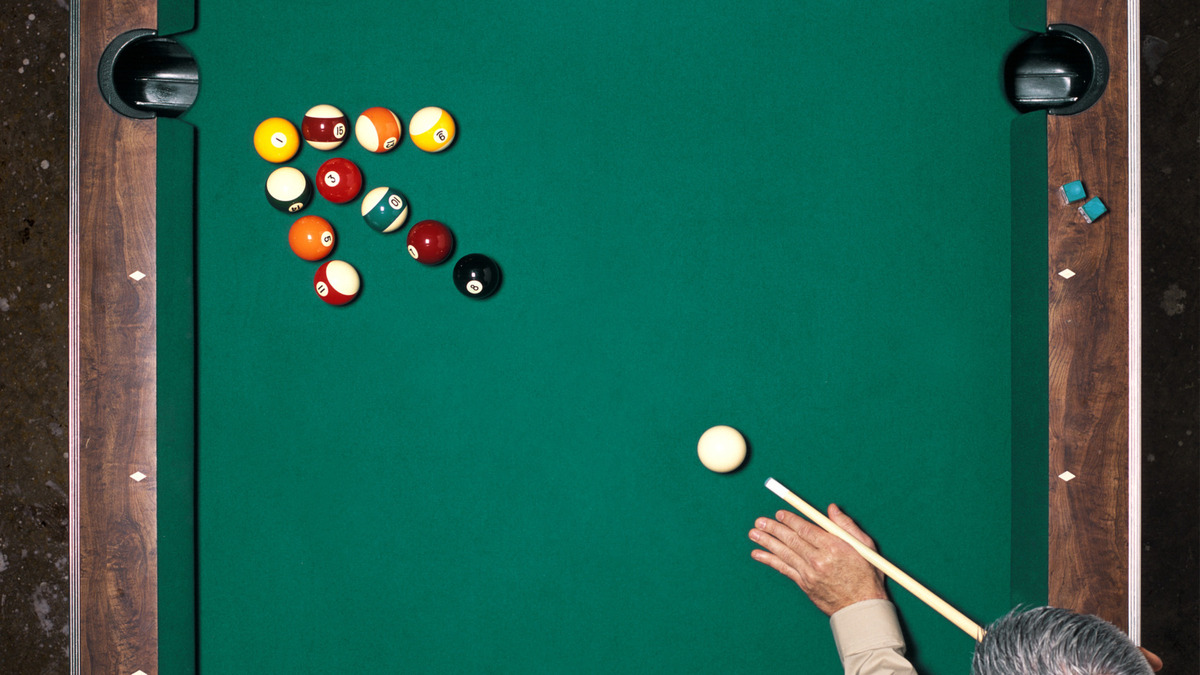St George identifies C1 magnetic target with strong gravity signature at its core for priority exploration
Large target also has characteristics similar to known mineralised carbonatites
Closed spaced gravity survey to refine targets for drilling in H2 2024
Special Report: St George Mining has singled out the C1 target at its Destiny niobium-rare earths project in WA’s Eastern Goldfields region for further exploration.
The 3350km2 project in the Coolgardie mineral field covers over 110km of the Ida Fault, a major crustal-bounding structure that is considered to be highly prospective for REE and lithium mineralisation.
Detailed magnetic survey flown by St George Mining (ASX:SGQ) in late 2023 identified four prominent additional magnetic features, which along with two existing magnetic features, are interpreted as late stage intrusions.
While drilling to the south of the intrusions has already confirmed clay-hosted high-grade REE mineralisation associated with the Ida Fault across a strike of more than 10km, a recent gravity survey confirmed that four of the six magnetic features have a high gravity signature.
This raises the likelihood that they are carbonatites or mafic intrusions, which are known to host either niobium, REE or nickel-copper-PGE mineralisation.
Target C1 showing a gravity high within the core of the magnetic feature. Pic: St George Mining
C1 rises to the top of the target list
SGQ has now pushed the C1 target to the top of its priority queue for further exploration.
C1 – a large 2.1km diameter magnetic feature adjacent to the Ida Fault – has a high gravity signature at its core, which is consistent with a dense body and supports the potential for it to be a carbonatite or mafic intrusion.
It is also one of two targets found to have characteristics similar to known mineralised carbonatites in WA such as Lynas Rare Earth’s (ASX:LYC) Mt Weld project and WA1 Resources’ (ASX:WA1) Luni carbonatite.
The company believes the large size of the feature warrants further close-spaced grid gravity survey to refine drill targets that will test the rim and core of the feature.
This will seek to confirm areas with a high gravity response and ideally provide a discrete gravity target within the core of the intrusion.
SGQ expects the follow-up 200m by 200m grid-spaced gravity survey to be completed next month with drilling to follow in H2 2024.
The company has started Programme of Works (POW) and heritage clearance applications in preparation for the drill testing.
“We are delighted that our systematic exploration at the Destiny Project has identified exciting targets for carbonatite-hosted mineralisation,” executive chairman John Prineas said.
“The C1 target, in particular, has a geophysical signature and geological setting that is consistent with a late-stage intrusion such as a carbonatite.
“We are prioritising exploration at C1 in light of its similarities to known mineralised carbonatites in Western Australia – such as Mt Weld and Luni.
“The large scale of C1 supports the potential for a significant greenfields discovery, and we look forward to drilling this exciting target soon.”
This article was developed in collaboration with St George Mining, a Stockhead advertiser at the time of publishing.
This article does not constitute financial product advice. You should consider obtaining independent advice before making any financial decisions.
The post St George picks C1 as priority for rare earths, niobium exploration at Destiny appeared first on Stockhead.






















